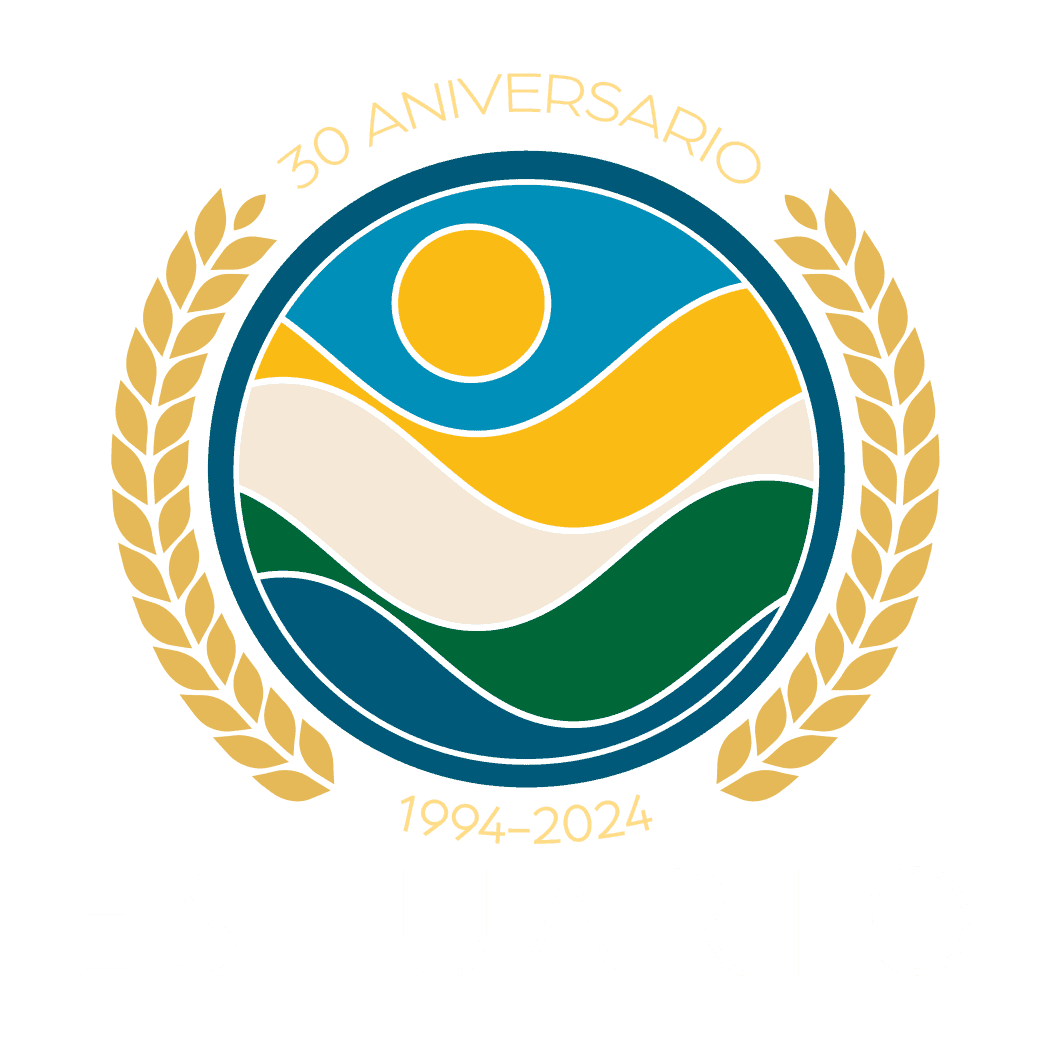The Puerto Rico Land Use Plan is a document that establishes the public policies of the government of Puerto Rico aimed at the development of the country and the management of the territory.
This document was approved by the Planning Board in 2015 and seeks to establish the appropriate use of the territory, which “allows to maximize the potential of Puerto Rico’s soil within a framework that guarantees the protection of natural resources and sustainable development” (Planning Board, 2018).
During the development of this document, different data are taken into consideration: the distribution of natural and heritage resources, demographic and economic trends, the distribution of water bodies, the location of protected natural areas and the distribution of agricultural reserves. Its approval is governed by a process of public hearings and the participation of various government entities and municipalities.
Based on the aforementioned criteria, a territory can be classified into areas such as “urban land,” “planned developable land,” “non-scheduled developable land,” “common rustic land,” “specially protected rustic soil,” and “agricultural soil-ecological, landscape, or water.”
The Estuario de la Bahía de San Juan region is predominantly urban with high-density development and a high population density. For this reason, much of this territory (60%) is classified as “urban soil” and 14% is classified as “road system.” Due to the distribution of some protected areas, 16% is “specially protected-ecological rustic soil.” Other classifications that dominate the area, but to a lesser degree, are those of “common rustic soil” (4%) and “bodies of water” (4%).
If we look at these designations at the level of each municipality, the greatest contrast is observed between the segment of Bayamón which falls within the basin and has 92% of urban land, and of Loíza in which 89% of its soils have been designated as “specially protected-ecological rustic soil.” In the municipality of Canóvanas, “specially protected ecological rustic soil” also predominates, taking up 71% of its area. In the rest of the municipalities of the basin, urban soils dominate Toa Baja (89%), Cataño (85%), Trujillo Alto (84%), Guaynabo (83%), San Juan (69%) and Carolina (56%).

